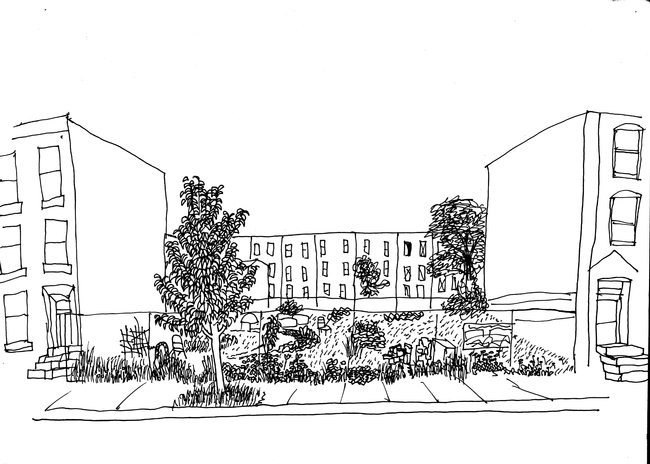If you were to start an urban farm in a neighborhood, what would be your first step? Obtaining a lease for the land? Testing for soil contamination? Clearing out the accumulated trash? These are important steps. But an additional step should be considered first—that is, gaining the support of the local community.
Considering the multifaceted benefits of urban agriculture, it may seem counterintuitive that city residents would not welcome an urban farm with open arms. However, the idea of farming in a city (which differs from urban gardening in its emphasis on income-generating agricultural activity) can seem strange—and potentially deleterious—to local residents. We interviewed city residents, neighborhood leaders, and urban farmers to discover the strategies urban farmers use to obtain community support for their projects. Here are some highlights:
Get to know a neighborhood.
Urban farms start where land is available, so farmers may not always have a personal connection to the neighborhood where they plan to farm. Thus, the first step in gaining community support is to learn about the neighborhood context and how an urban farm can provide services to the neighborhood that are valued by residents.
Talk to people. Early.
Building relationships within the community early in the process of starting an urban farm is a critical part of gaining community acceptance. Forging relationships with community leaders or partnerships with community groups can help establish champions for the farm, and giving residents a chance to weigh in on the planning process—particularly those who live in proximity to the farm site—helps ensure a positive reception.
Take the mystery out of urban farming.
People often fear what they don't know, and the idea of urban farming is unfamiliar to many city residents. Giving residents an idea of what to expect—for example, by sharing photos or providing tours of other urban farms—gets residents thinking about the benefits a farm would bring to their neighborhood.
Create opportunities for involvement.
When residents are involved with an urban farm—whether by attending a harvest festival, volunteering, or buying farm produce—they feel more connected to the project. While the ways residents are involved will vary depending on a farm's business model, having such opportunities is critical to endearing the community to an urban farm.
Feed people.
Residents understand that not all farms will sell their produce within the neighborhood, but they still expect to reap some benefit from having fresh produce grown in the neighborhood. Giving residents a chance to share in a farm's bounty will go a long way toward building local support.
Beautify the farm space.
Unlike most rural farms, an urban farm is highly visible, and residents have certain expectations for their neighborhood's appearance. Keeping urban farms neat and making efforts to beautify the space with flowers or artwork will help create positive impressions of the farm.
If you found this useful, check out this report to see additional recommendations for gaining local support for urban farming (a summary is also available).
Posted on
Thursday, November 6, 2014 at
11:26 AM
- Author:
Melissa Poulsen, MPH (PhD Candidate, Johns Hopkins Bloomberg School of Public Health)



